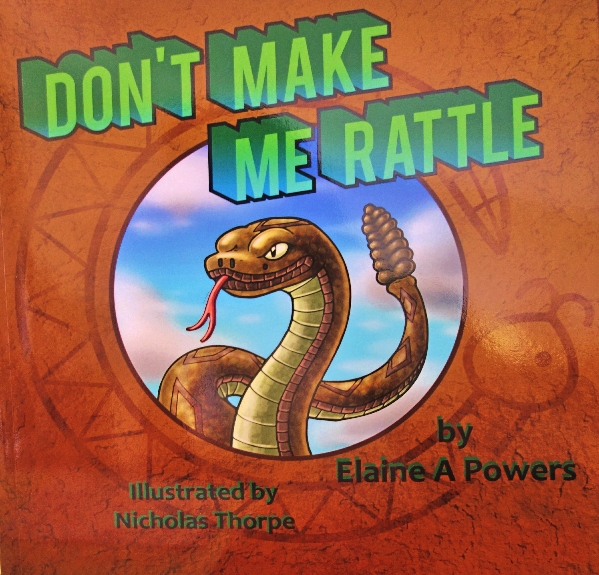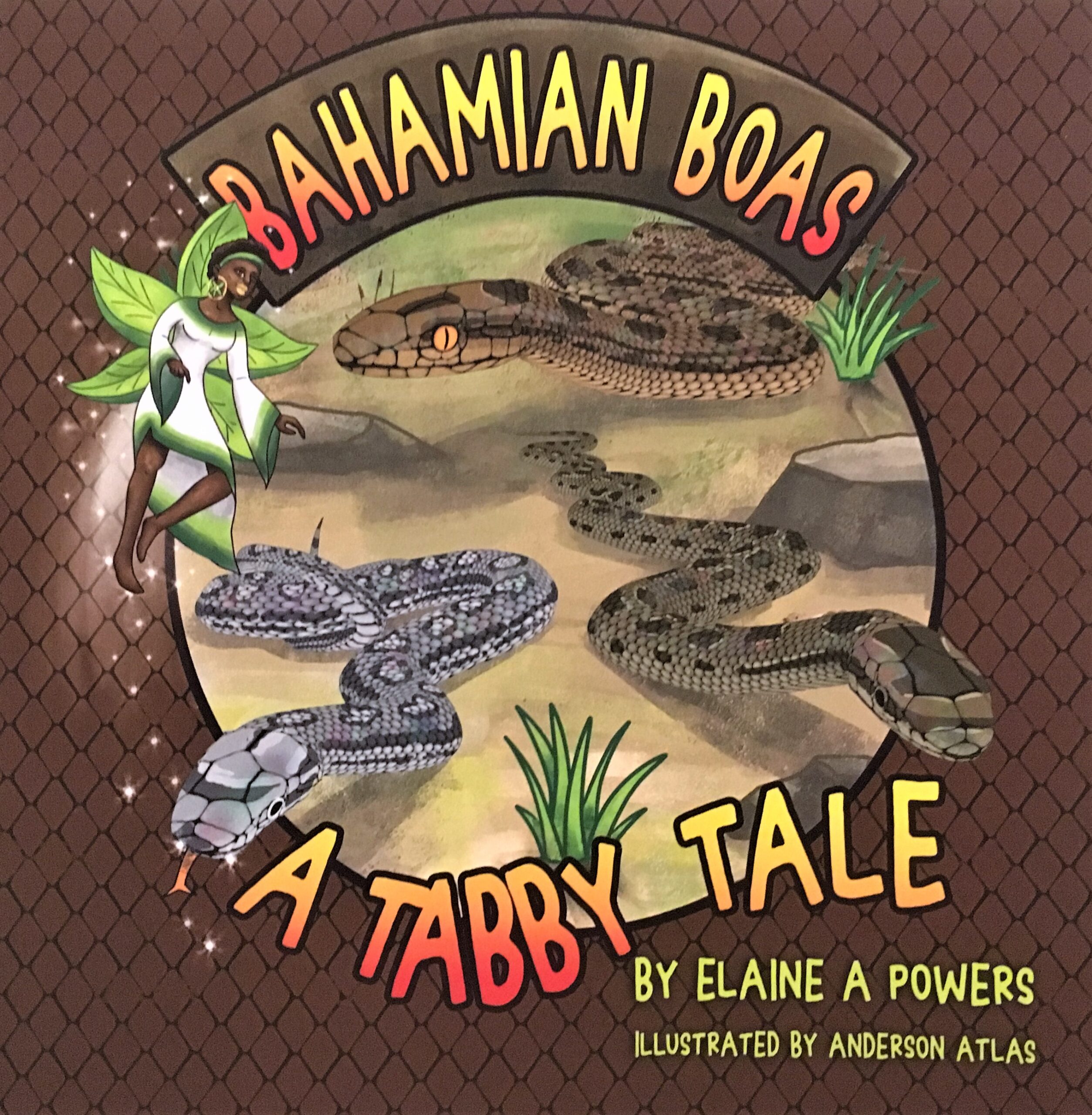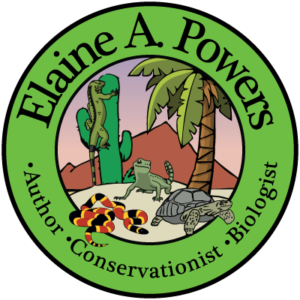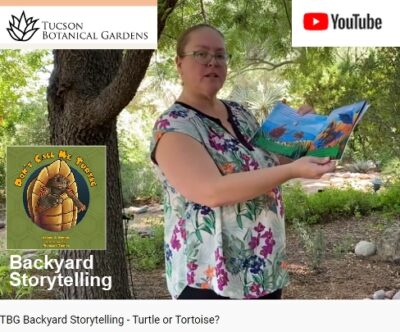Copperheads Like Cicadas, Too!
Agkistrodon contortrix, commonly known as the Copperhead, is a venomous snake that has a bad reputation. Though it may bite people, fatalities from this pit viper are very rare. These medium-sized snakes are vibrantly colored with a copper-colored head and reddish-brown stripes on a base color of tan to salmon.
Copperheads live in a wide variety of habitats, anywhere that has sunshine and cover. Primarily ambush-hunters, copperheads will sometimes hunt using their heat-detecting pits to locate prey. Their venom is used to subdue large prey, which means they may only need 10-12 meals per year. Their flexible hinged jaws allow them to swallow the prey whole. Copperheads are opportunistic feeders. Still, I was surprised to learn about the feast the snakes are enjoying these days.
Recently, the 17-year Brood X Cicadas emerged, providing food to many insect-eaters, including people and copperheads. Brood X Cicadas are the most widely disbursed of these insects and the wide-ranging copperheads are hunting them. I found it amazing that a venomous snake would pursue insects, even though they are large insects—but I realized they are easy to catch and very nutritious, and they don’t fight back.
But don’t worry, your neighborhood won’t be overrun with copperheads. These shy snakes will be enjoying the plentiful tidbits in the privacy of their own territories. There are enough cicadas for everyone to enjoy.
Book Note: To learn all about the Western Diamondback Rattlesnake, pick up a copy of Don’t Make Me Rattle, written in fun, rhyming stanzas with vibrant illustrations. Interested in knowing more about boa constrictors? Grab a copy of Bahamian Boas: A Tabby Tale, featuring Tabby, the Five-Finger Fairy, who takes us on a journey to meet the different varieties of Boas that call the Bahamas home.

Than You Know!
I Am Shy and My
Rattle is Only a Warning:
Please, Stay Away!
For All Ages
Reading Level 6+
Bold and Vibrant Illustrations
by Nicholas Thorpe
Written in Rhyme
40 pages
COMPLETE
BOOK DESCRIPTION HERE
Learn all about the rattlesnake’s place in our ecosystem. Learn why we should respect them, not fear them.
See why they flick their tongues, learn why they are called pit vipers, the purpose of the venom, and much, much more in this in-depth look at rattlesnakes.
A Review of Don’t Make Me Rattle! By Helene Woodhams
Arizona Daily Star:
“A rattle from a reptile is not a welcome sound, but if it makes you tread carefully, it’s served its purpose, says Tucson author Elaine A. Powers. In a picture book chock-full of rattlesnake facts, she emphasizes the good they do (eating rodents, scattering seeds, and aiding cancer research), as she imparts interesting reptilian lore. For instance, although toxic to those on the receiving end, venom acts like saliva for a rattlesnake, a necessary digestive aid since they lack teeth for chewing. And rattlers are surprisingly social creatures who bunk together when it’s cold–forming a ‘rhumba’ of rattlers. An unabashed rattlesnake fan, Powers bemoans how willingly we exterminate them, largely because they look so unlovable. She gets no argument there from illustrator Nicholas Thorpe, whose threatening rattlesnake pictures, some with mouths agape and dripping venom, are undeniably scary. The third in the “Don’t” series is for kids in grades K-4.”

#copperheadcicada #cicada #elaineapowers #lyricpower
To learn about our latest science-based children’s books and workbooks, to read our latest blog posts about reptiles, birds, cats, and gardening, in a variety of locations, and about how the books come to be, what inspires an author to write, and many more interesting aspects of the publishing business, fill in the box below and we will add you to our email list.
Thank you!



